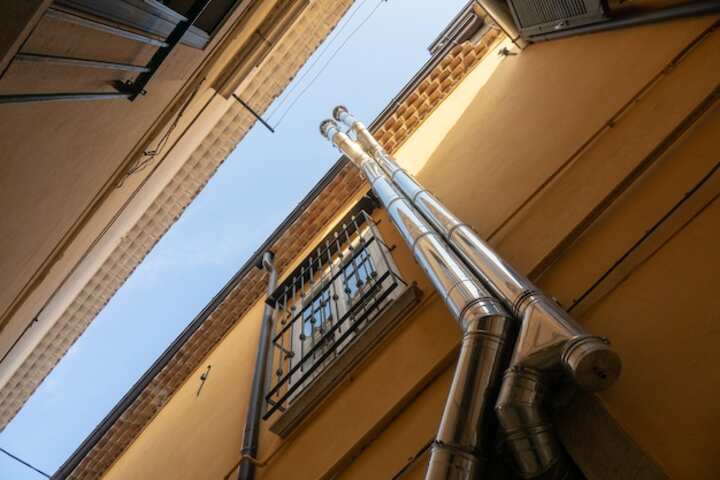
Ultimate Guide to Basement Drainage Tile Installation Cost, Methods, and Benefits
Basement drainage tile systems, often referred to as French drains, play a crucial role in preventing water accumulation and ensuring a dry basement environment. These systems help redirect water away from the foundation, minimizing potential damage and maintaining the structural integrity of a home. This guide provides an in-depth exploration of the costs, installation methods, and benefits associated with basement drainage tiles.
Understanding Basement Drainage Tile Installation Costs
The cost of installing a basement drainage tile system can vary due to several factors. It is essential to consider these factors to plan and budget effectively for the installation process.
- Material Costs: The price of materials such as pipes, gravel, and membranes can impact the overall cost. PVC pipes are commonly used due to their durability and cost-effectiveness.
- Labor Costs: Hiring skilled labor for excavation and installation can significantly affect expenses. Labor costs vary based on region and the complexity of the project.
- Additional Features: Incorporating features like sump pumps can increase costs but provide enhanced protection against water damage.
- Project Size: The size and layout of the basement can influence the amount of material and labor required, thus impacting the total cost.
For a detailed breakdown of costs, read more about this topic.
Methods of Basement Drainage Tile Installation
There are various methods to install drainage tiles, each with its own advantages and suitability depending on the specific needs of the basement and surrounding environment.
Interior Drainage Systems
Interior drainage systems are installed along the perimeter of the basement floor. They effectively capture water after it enters the basement, directing it to a sump pump.
- Advantages: Easier to install in existing homes, minimal disturbance to landscaping.
- Considerations: May require periodic maintenance to ensure efficiency.
For more insights on interior drainage solutions, learn more in this detailed guide.
Exterior Drainage Systems
Exterior drainage systems are installed around the outside perimeter of the foundation. They prevent water from entering the basement by diverting it before it reaches the foundation walls.
- Advantages: Prevents water from entering the basement, reduces hydrostatic pressure on foundation walls.
- Considerations: More expensive and labor-intensive, as it requires excavation around the foundation.
To explore further insights on exterior installation, explore further insights here.
Benefits of Installing Basement Drainage Tiles
Installing a basement drainage tile system offers several benefits, contributing to the overall health and longevity of the home.
- Prevents Water Damage: Protects against water intrusion, reducing the risk of mold growth and structural damage.
- Increases Property Value: A dry, well-maintained basement can enhance the resale value of a property.
- Improves Air Quality: Reduces humidity and dampness, which can improve indoor air quality.
For additional information on the benefits, find additional information here.
In summary, the installation of a basement drainage tile system is a valuable investment for any homeowner looking to protect their property from water damage. By understanding the costs, installation methods, and benefits, one can make informed decisions to ensure a dry and safe basement environment. More comprehensive details are available for those interested in delving deeper into the subject.